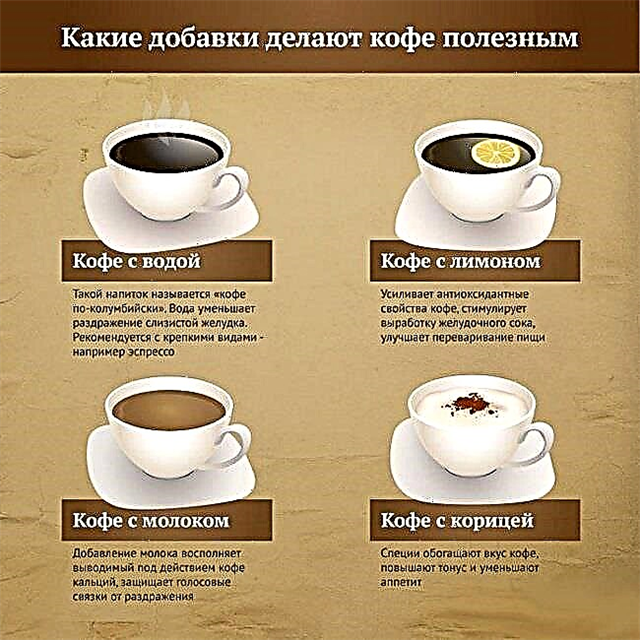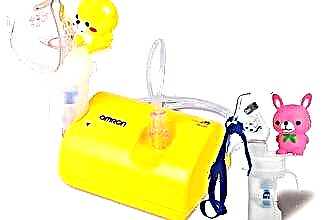Pain in the sternum may indicate pathologies of various organs of the chest. The most dangerous is myocardial infarction, which is characterized by acute pain or tingling in the chest area for more than 20 minutes. Mortality due to such a pathology ranges from 10 to 20%, mainly at the prehospital stage, due to the patient's untimely visit to the doctor. For the purpose of early diagnosis and prevention of complications in the event of burning pains in the heart area, it is recommended to adhere to the standard algorithm of actions.
Why does a burning sensation appear in the chest
In the chest cavity there is a complex of mediastinal organs, great vessels, neuromuscular bundles and organs of the respiratory system. A burning sensation in the region of the heart is the main symptom of damage to these structures. Pain syndrome (cardialgia) accompanies such diseases:
- Myocardial infarction - acute pathology that occurs when the blood supply to the heart muscle is disturbed due to blockage of the lumen of the coronary arteries. The gold standard of treatment in the early stages is minimally invasive (percutaneous) surgery with the placement of a stent into the damaged vessel.
- Angina pectoris - a variant of coronary heart disease, which is characterized by the appearance of pain after exercise.
- Aortic dissecting aneurysm - acute pathological violation of the integrity of the vascular wall of the thoracic section of the vessel with the penetration of blood between the inner and outer layers of the wall. Pain syndrome is characterized by high intensity at rest and refractoriness (lack of sensitivity) to the intake of "Nitroglycerin". Most often, a complication occurs against the background of arterial hypertension.
- Pneumonia - inflammation of the lung tissue, which occurs due to the penetration of pathological microorganisms. The disease is characterized by cough, shortness of breath, fever, shortness of breath, and weakness.
- Pleurisy - inflammatory pathology of the membrane lining the walls of the chest cavity. Distinguish between dry and exudative variant of the disease with the accumulation of fluid. Compression of adjacent organs causes a dull pain in the chest. Patients acquire a forced position - on the affected side.
- Osteochondrosis of the thoracic spine - degenerative-dystrophic disease of the cartilage and bone tissue of the spine. In the mechanism of development, pathological growths of the vertebral bodies are determined with compression of the nerve roots, which causes pain in the innervation area. The pain increases with movement.
- Diseases of the esophagus - strictures, diverticula, gastroesophageal reflux disease (GERD). Violation of the passage of the food bolus or the throwing of the acidic contents of the stomach cause heartburn, pressing or burning pain in the sternum.
- Abdominal pathologies - acute cholecystitis (inflammation of the gallbladder) and gastric ulcer (damage to the integrity of the mucous membrane of the organ). In some cases, the disease is accompanied by painful sensations not only in the upper abdomen, but also behind the sternum. Most often, pain is associated with food or alcohol intake.
- Vegetovascular dystonia (VVD) - functional pathology without a morphological substrate, caused by impaired innervation. The disease is more susceptible to young women with lability of the nervous system and during pregnancy. In most cases, the onset of symptoms is observed after stress.
Other possible causes of a burning sensation in the heart are cardiac pathologies of inflammatory and non-inflammatory genesis, which include rheumatic organ malformations, myocarditis and pericarditis (inflammation of the muscular membrane and cardiac sac due to an infection).
How to find the source
Determining the source of the appearance of a burning sensation in the heart area consists of several stages. Diagnostic criteria take into account comorbidities, features of the onset of pain and other symptoms, and the effect of drugs.
If the cause of painful sensations is associated with cardiac pathology, a history of ischemic heart disease or hypertension (persistent increase in blood pressure). Pain syndrome with a heart attack is characterized by high intensity, compression in the chest, irradiation to the left shoulder, scapula and lower jaw. An attack of angina pectoris is accompanied by a lack of air and sharp stabbing pain.
Infectious pathologies of the lungs characterized by fever and symptoms of respiratory distress (rapid shallow breathing, involvement of additional muscles). Pain syndrome with severe exudative pleurisy and fractures of the ribs increases during inhalation. Diseases of the gastrointestinal tract differ in the following signs: defecation disorders, nausea and vomiting. Pain in acute cholecystitis is more often localized in the right hypochondrium with irradiation to the right shoulder and scapula.
Attack of vegetative vascular dystonia differs in a variety of symptoms: from dizziness to palpitations and loss of consciousness. Burning pain in the region of the heart is possible as a manifestation of a psychosomatic disorder.
Instrumental and laboratory examination plan:
- To measure the temperature - high values all day indicate an infectious or acute inflammatory process (pneumonia, pleurisy).
- Arterial pressure - dissecting aortic aneurysm occurs against the background of a hypertensive crisis (the level of indicators is 210/120 mm Hg).
- General blood analysis - an increase in ESR and leukocytes indicates inflammation.
- Electrocardiography (ECG) - to determine the change in heart rate during a heart attack. Tachycardia (increased heart rate), bundle branch block, atrial fibrillation are more often recorded.
- Chest x-ray - carried out to exclude the diagnosis of pneumonia, pleurisy, rib fracture, osteochondrosis and changes in the size of the heart (with effusion pericarditis).
- Ultrasound examination of the heart and blood vessels (echocardiography - echocardiography) - determines focal changes in the myocardium during infarction, rheumatic defects and myocarditis.
- Fibrogastroduodenoscopy - endoscopic method for diagnosing diseases of the upper gastrointestinal tract. Used to detect gastric ulcer, esophageal pathologies.
- Ultrasound examination of the abdominal organs - to exclude acute cholecystitis.
- Blood chemistry - an increase in bilirubin indicates cholecystitis.
- Markers of myocardial necrosis (troponins I and T, CPK-MB) - do to diagnose the acute stage of a heart attack.
If, after all the studies, no organic pathology is found, and the patient continues to complain that he is in pain, doctors write in the card “vegetative-vascular dystonia”. For how to act for a patient with such a “diagnosis,” see our video at the link below.
Treatment and prevention of recurrent episodes of pain
Depending on the diagnosis, the patient is prescribed treatment. The main preventive measures are to comply with medical prescriptions.
More often, with aching pain associated with diseases of the gastrointestinal tract, it is recommended to follow a diet (without fatty, fried foods, limit the use of salt, alcohol, coffee and strong tea). Prescribe drugs that reduce the secretion of hydrochloric acid in the stomach, which injures the compromised mucous membrane:
- antacids (Almagel, Fosfalugel);
- histamine blockers ("Famotidine", "Ranitidine");
- proton pump inhibitors (Omeprazole, Pantoprazole).
To prevent the development of acute coronary syndrome (a feeling of intense pressing pain in the heart region associated with a violation of the blood supply to the myocardium), drugs are prescribed that reduce blood viscosity and prevent the development of blood clots:
- antiplatelet agents - acetylsalicylic acid ("Aspirin");
- indirect anticoagulants - "Warfarin".
Emergency care for acute pain behind the sternum with numbness of the left arm, shoulder girdle and neck consists in taking Nitroglycerin tablets. The drug dilates pathologically narrowed coronary arteries and restores disturbed blood flow. With angina pectoris, three to five minutes after taking the medicine, the patient feels an improvement. If the effect does not occur for 20 minutes, there is a risk of developing a heart attack, so you need to call an ambulance.
Patients with vegetative-vascular dystonia, who have baking in the chest or heart, are advised to use sedatives (sedatives). With weakness, dizziness, decreased ability to work, nootropic and general strengthening drugs (vitamin and mineral complexes) are prescribed.
Conclusions
There are many reasons why the heart burns. Most of them are associated with chronic pathologies requiring complex and long-term treatment.
However, among other sources of intense pain - pathologies that directly threaten human life. Therefore, at the first symptoms, which are accompanied by disorders of the nervous system (arms or legs begin to grow numb), severe respiratory failure (shortness of breath, debilitating cough), they turn to a doctor for qualified help.



